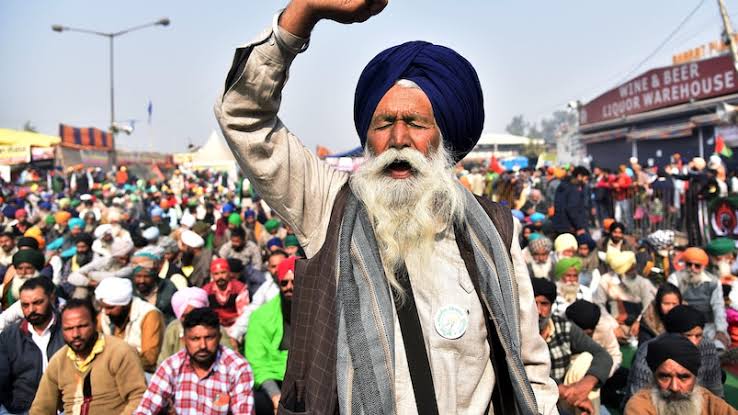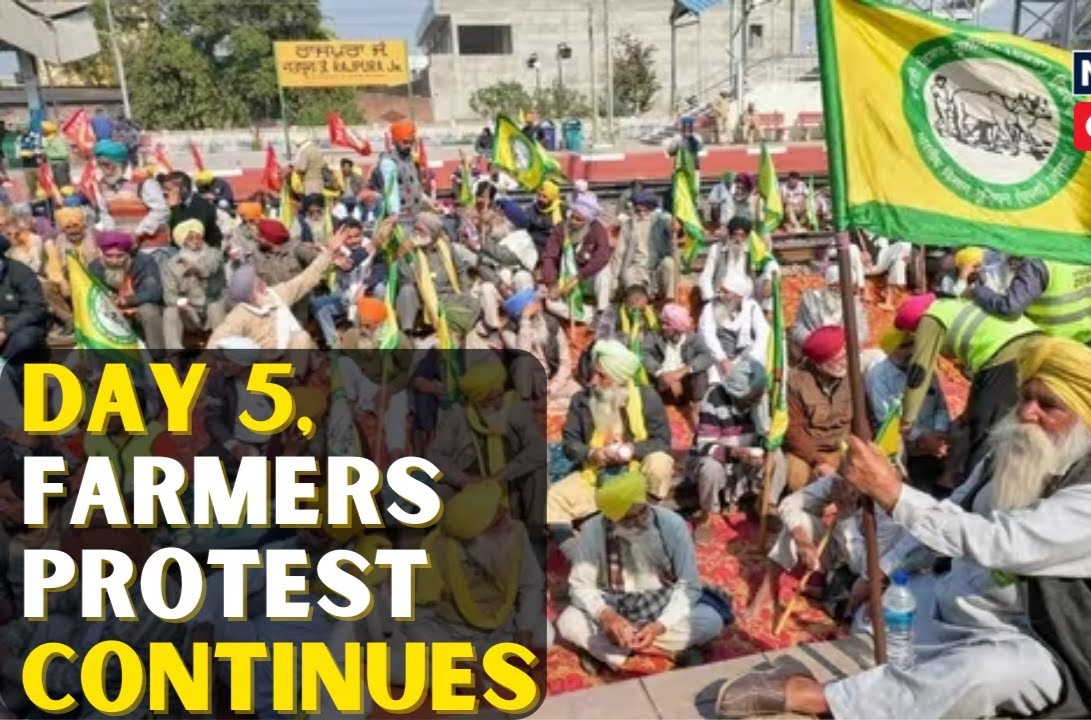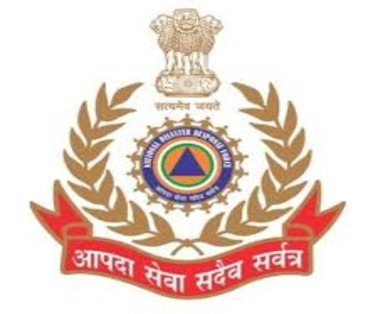Embark on a captivating journey through a blog unraveling the intricate tale of India’s MSP protest. Unearth the roots, delve into pivotal issues, and grasp the profound impact on both farmers and the nation. Navigate through the challenges faced by protesters and explore potential avenues for the future in this insightful exploration of a historic movement that is shaping the destiny of agriculture in India.

Introduction:
The vast expanse of India’s agricultural heartlands, a collective roar reverberates – the impassioned cry of farmers standing in defiance against the winds of change blowing through the fields. The stage for this protest was set in 2020 when the Indian government introduced three contentious farm bills, triggering a wave of demonstrations that would capture the world’s attention. This blog embarks on a comprehensive exploration of the MSP (Minimum Support Price) protest, unraveling its roots, examining the core issues at stake, and analyzing the profound impact it has had on both the farmers and the nation.
Origins of the MSP Protest:
The roots of the MSP protest can be traced back to the unveiling of three pivotal farm bills – the Farmers’ Produce Trade and Commerce (Promotion and Facilitation) Bill, the Farmers (Empowerment and Protection) Agreement on Price Assurance and Farm Services Bill, and the Essential Commodities (Amendment) Bill. These legislations, touted as transformative measures, aimed to liberalize the agricultural sector, granting farmers the freedom to sell their produce directly to private buyers and agribusinesses.
However, as the ink dried on these bills, a storm of discontent brewed among the farming community, particularly concerning the alterations to the MSP system. The MSP, a longstanding mechanism, guarantees farmers a minimum price for their crops, shielding them from market volatility. Farmers feared that the new laws, rather than empowering them, would expose them to exploitation and pave the way for corporate dominance, placing their very livelihoods in jeopardy.
Key Issues and Demands:
As the protest gained momentum, a tapestry of key issues and demands emerged, articulating the concerns of the farmers:
1. Preservation of MSP: At the heart of the protest is an unwavering demand for the preservation of the MSP system. Farmers argue that this safety net is not just a policy but a lifeline, ensuring a fair and stable income irrespective of the unpredictable undulations of the market.
2. Repeal of Farm Laws: A resounding call echoes through the protest grounds – the demand for the complete repeal of the three contentious farm laws. Farmers contend that any substantial changes to the agricultural framework should be preceded by a comprehensive dialogue and consultation process, one that takes into account their experiences and insights.
3. Legal Guarantee for MSP: To fortify the MSP system, farmers seek a legal guarantee that would enshrine its role as a protective measure. Such legal backing would transform the MSP from a policy provision to an unassailable right, providing farmers with a robust safety net against market whims.

Impact on Farmers and the Nation:
The MSP protest has had far-reaching consequences, influencing both the farmers and the nation as a whole:
1. Economic Impact: The prolonged protest has had economic repercussions, disrupting agricultural activities and supply chains. Farmers, already grappling with financial challenges, have faced additional hardships.
2. Social Solidarity: The protest has fostered a sense of solidarity among the farming community, transcending regional and cultural differences. The resilience displayed by the protesters has garnered support from various segments of society.
3. Policy Reevaluation: The protest has prompted a reevaluation of the proposed agricultural laws, with calls for a more inclusive and consultative approach in policymaking. The government has engaged in discussions with farmer representatives to find common ground.
4. Global Attention: The MSP protest has not only captured the attention of the nation but has reverberated globally, drawing support and scrutiny from international communities. It has become a symbol of the struggles faced by farmers worldwide and the delicate balance between agricultural reform and the preservation of traditional livelihoods.
Challenges Faced by Farmers:
As the farmers continue their steadfast protest, they face a myriad of challenges that test their resilience and determination:
1. Adverse Weather Conditions: Agricultural activities are highly dependent on weather conditions. The prolonged protest has meant that farmers are away from their fields for extended periods, impacting crop cycles and yields.
2. Financial Strain: The economic strain on farmers has been exacerbated by the disruption caused by the protest. Many farmers are grappling with debts, and the inability to tend to their crops further compounds their financial challenges.
3. Health and Well-being: Protesting in harsh conditions takes a toll on the health of farmers. They endure extreme weather, inadequate facilities, and the risk of exposure to illnesses. The physical and mental well-being of the protesters becomes a growing concern.
The Way Forward:
As the nation witnesses this historic movement, the question that looms large is, “What lies ahead?” The path forward involves a delicate balancing act, where the concerns of the farmers are addressed without compromising the need for agricultural reform. Here are potential steps for a way forward:
1. Open Dialogue: A meaningful and open dialogue between the government and farmer representatives is paramount. Both parties must engage in constructive discussions to understand each other’s perspectives and find common ground.
2. Policy Refinement: The farm laws may need refinement to address the genuine concerns raised by the farmers. This could involve amending specific provisions, ensuring that the reforms align with the best interests of the agricultural community.
3. Inclusive Decision-Making: The process of decision-making should be more inclusive, incorporating the voices of those directly affected by agricultural policies. This ensures that policies are not only well-intentioned but also practical and beneficial at the grassroots level.
4. Empowerment Through Education: Education and awareness programs can empower farmers by providing them with a better understanding of the changing dynamics in the agricultural sector. This can enable them to navigate the evolving landscape more effectively.

Conclusion:
The MSP protest in India is a manifestation of the deep-seated concerns and aspirations of the farming community. It symbolizes a struggle for survival, a fight for the preservation of a way of life that has sustained the nation for centuries. As the protest continues to unfold, it serves as a poignant reminder that the path to progress must be inclusive, ensuring that the very foundation of the nation – its farmers – is not left behind. In the resilient roar of the protesters, there lies a call for a harmonious coexistence of tradition and transformation, a call that echoes far beyond the fields of India, resonating
Disclaimer:
The views expressed in this blog are solely for informational and educational purposes. While every effort has been made to provide accurate and up-to-date information, the dynamic nature of events surrounding the MSP protest may result in changes or developments that are not captured in real-time. The content is not intended to serve as professional advice, and readers are encouraged to seek relevant expertise or conduct further research for a comprehensive understanding of the subject matter. The author and publisher disclaim any liability for any errors or omissions in the content and are not responsible for the consequences of reliance on the information presented in the blog.




